Results 7,901 to 7,910 of 12096
Thread: Anandtech News
-
02-27-18, 04:28 PM #7901
Anandtech: EVGA Releases CLC120 CL11 AIO CPU Cooler: Simple and Affordable
EVGA is no stranger to the CLC and AIO cooling market with numerous products already on the market from 120mm to 280mm CLC's currently available. The new offering in this segment is the CLC120 CL11 AIO. The CL11 is similar to the existing CLC120 except it does without a few bells and whistles such as RGB LEDs, and doesn't include fill ports or have expansion options as other competing products may have. It does bring to the table a less expensive entry point (by $30), has redesigned pump housing and smooth tubing, as well as fan EVGA says is designed to reduce noise & provide superior airflow.
The copper water block and pump assembly will fit Intel sockets LGA 115x, 1366, 2011, 2011v3, and 2066 sockets. AMD is not on the compatibility list for this specific cooler. The variable controlled fan allows for the fan speed (max. 1800 RPMs) to change based on coolant temperature while the pump is a constant-speed unit. The CL11 doesn’t offer other controls or monitoring features so two 3-pin fan headers are the only connections needed.
The radiator itself is 120mm (the only size available) and with the fan attached has a combined thickness of 2.1-inches so the system should fit in most cases with little issue. The new cooling block is said to offer improved flow rates and heat transfer surface area to increase cooling efficiency at a noise level of only 20db(A) maximum. The 120mm fan uses sleeve bearings and is rated to put out almost 59 CFM at 2.13mm-H20 at slightly over 32 db (A) which, if rated properly, should be a pretty quiet unit.
The CLC120 CL11 is priced at $59.99 on the EVGA website and is available now. This price is $30 less than the CLC120 with the RGB LEDs and higher speed fan(s) which could make it an attractive cooling solution for those who do not care for all the flare the other EVGA CLC options offer. If the price isn't enough, EVGA stands behind this product with a five-year warranty.
Related Reading:EVGA CLC120 CL11 CPU Socket Compatibility Intel ONLY - LGA 2066/ 2011-3 / 2011 / 1151 / 1150 / 1155 / 1156 / 1366 Radiator Material Aluminum Dimensions 156 x 122 x 28mm (L x W x H) Fan Dimensions 120 x 120 x 25mm Speed 1800 RPM +/- 10% (DC) Air Flow 58.87 CFM (Max) Air Pressure 2.13 mmAq (Max) MTTF N/A Noise Level 32.1 db(A) (Max) Connector 3-Pin (DC) Pump Dimensions N/A MTTF N/A Noise Level 20 db(A) Connector 3-Pin Price $59.99 (EVGA Website) Warranty 5 Years - Cooler Master Announces MasterLiquid ML120L RGB and ML240L RGB CLC: Lighting Up The Night
- The DeepCool Captain 240 EX RGB AIO Cooler Review: Pump it Up, Without the Noise
- EKWB Announces EK-MLC Phoenix AIO: Modular and Expanable Liquid Cooling Family
- Enermax Launches LiqTech TR4 AIO LC for AMD's Threadripper: 100% IHS Coverage, 500W TDP
More...
-
02-28-18, 09:23 AM #7902
Anandtech: Sony's Open-Ear Xperia Ear Duo Wireless Headphones Due in May
BARCELONA, ESP — Listening to music in headphones and still hearing what is going on around is very useful for joggers and office workers, however wireless headphones that can do both (without bone conduction technology) did not exist until recently. Sony has been working on its open-ear wireless headset for a number of years, and even showcased the concept at the MWC 2017, but it took the company quite a while to finalize it as a product. The good news is that the open-ear Xperia Ear Duo headset will be available this May.
The Sony Xperia Ear Duo looks like two hands-free earpieces. Each one comprises of a unit that goes into the ear and a unit that contains a battery, an antenna and control logic. The key element of each ear piece is a special (and very tiny!) driver that transmits audio to the ear canal. The driver does not go to the ear canal itself and therefore does not block it from peripheral sounds. Also, a special rubber earbud with a hole firmly holds the earpiece where it should be. The right earpiece of the Xperia Ear Duo is the master, and it connects to smartphone (or another source) using Bluetooth. Audio is then transmitted to the left one using NFMI method. Sony says that NFMI ensures strong connection between two earpieces and it works better than if both used Bluetooth. Each earpiece also has four microphones for hands free calling and to eliminate background noises during conversations.
Since the Xperia Ear Duo was designed primarily for smartphones, as they send notifications over the top of music and support Sony’s Assistant/Google’s Assistant services. Furthermore, the master earpiece has a small integrated touchpad that understands swipes and taps to answer incoming calls and turn on the assistants.
The earpieces can work for four hours on one charge — more than enough for a jogging/workout session, or a day in the office (you are not supposed to listen to music all the time, are you?). The Xperia Ear Duo ships in a special box that charges them. The enclosure itself has a built-in battery to charge the headset for three times.
After years in the works, Sony’s Xperia Ear Duo will ship this May. Sony will charge $279 for the product, which is well above prices of regular wireless headsets. Such a high MSRP will inevitably position the open-ear headset as an ultra-premium solution. Sony says that it will continue to work on open-ear wireless headphones, so the successors of the Xperia Ear Duo could be more compact and/or more affordable.
Related Reading- Sony Demonstrates Concept Xperia Ear Headphones and Xperia Touch Android Projector at MWC
- Sony Unveils Xperia XA2, Xperia XA2 Ultra, and Xperia L2
More...
-
02-28-18, 01:13 PM #7903
Anandtech: Western Digital Announces Client NVMe SSDs With New In-House Controllers
Western Digital has announced their first client NVMe SSDs with their SanDisk 64-layer 3D TLC NAND. These drives are also the first to feature Western Digital's new in-house NVMe SSD controllers. This is a major shift in strategy away from third-party controllers (mostly Marvell) toward complete vertical integration.
The new SSDs are called the Western Digital SN720 and Western Digital SN520. Branding for these is a bit of a mess with the drives bearing the Western Digital name and model numbers that almost fit in with the HGST Ultrastar SN200 and SN260 enterprise NVMe SSDs, but the product information is on the SanDisk website and the target market is similar to that of SanDisk's business/OEM drives like the X400 and X600 SATA SSDs. Western Digital may be trying to unify and simplify their several brands, but it's a work in progress.
The Western Digital SN720 is a high-end client NVMe SSD with a PCIe 3 x4 connection and capacities from 256GB to 1TB, with a 2TB model on the way. Aside from sequential reads, the performance of the 256GB model is a bit unimpressive, but the 512GB and larger models appear on paper to be better than the Toshiba XG5-P or Samsung 960 EVO, and close to the Samsung 960 PRO in some respects.
The Western Digital SN520 is a low-end client NVMe SSD with just a two-lane PCIe link and no external DRAM. The SN520 will be available in M.2 card lengths from 30mm up to the normal 80mm, though in all sizes only the first 30mm of the PCB are actually used. The SN520 will be available in smaller capacities than the SN720, from 128GB to 512GB. Sequential throughput is limited by the PCIe x2 link, and random access performance is lower than the SN720: The 128GB SN520's random read and write performance are about what SATA SSDs advertise. The 256GB SN520 is very close to the random access performance of the 256GB SN720, but at 512GB the SN520 is well behind the SN720.Western Digital SN720 Specifications Capacity 256 GB 512 GB 1 TB 2 TB Form Factor M.2 2280 Single-Sided Interface NVMe PCIe 3 x4 Controller Western Digital in-house NAND SanDisk 64-layer 3D TLC DRAM Sequential Read 3000 MB/s 3400 MB/s 3400 MB/s TBD Sequential Write 1600 MB/s 2400 MB/s 2800 MB/s TBD 4KB Random Read 225k IOPS 400k IOPS 500k IOPS TBD 4KB Random Write 185k IOPS 330k IOPS 400k IOPS TBD Power Peak 9.24 W 9.24 W 9.24 W TBD PS3 Idle 70 mW 70 mW 100 mW TBD PS4 Idle 2.5 mW 2.5 mW 2.5 mW TBD Endurance 200 TB 300 TB 400 TB 500 TB Warranty 5 years
In spite of its limitations, the SN520 may end up beating the Western Digital WD Black NVMe SSD on most benchmarks, thanks to the better performance of SanDisk's 64L 3D TLC as compared with the 15nm planar TLC used by the WD Black.
The Western Digital SN720 and SN520 both have five-year warranties and the same write endurance rating at each capacity. The 128GB model is rated for 100 TB (0.42 DWPD), but each doubling of drive capacity only brings an additive increase of 100 TB to the write endurance rating, leaving the 1TB SN720 with just 400 TB (0.21 DWPD). The smaller capacities have great write endurance ratings by the standards of consumer TLC drives, but the largest capacities definitely don't have premium endurance ratings.
At the heart of these new products are Western Digital's first in-house NVMe SSD controllers. Western Digital isn't providing much information about the shared controller architecture used by these products, but we have a bit of information. The controllers are manufactured on a 28nm process, which is the same node that most other high-end NVMe controllers for the consumer market uses. The controllers support 8 channels for NAND access and have a DDR4 DRAM controller. The choice of DDR4 instead of LPDDR4 is probably more cost-effective for Western Digital since they do not manufacture their own DRAM, but it may also hurt the power efficiency of the SN720 somewhat: LPDDR4 seems to be a major factor in the big jump in efficiency Samsung's 860 PRO and 860 EVO show over their 850 generation.Western Digital SN520 Specifications Capacity 128 GB 256 GB 512 GB Form Factor M.2 2280, 2242, 2230 Single-Sided Interface NVMe PCIe 3 x2 Controller Western Digital in-house NAND SanDisk 64-layer 3D TLC DRAM None (Host Memory Buffer supported?) Sequential Read 1500 MB/s 1700 MB/s 1700 MB/s Sequential Write 800 MB/s 1300 MB/s 1300 MB/s 4KB Random Read 95k IOPS 220k IOPS 270k IOPS 4KB Random Write 90k IOPS 175k IOPS 280k IOPS Power Peak 3.96 W 4.62 W 5.94 W PS3 Idle 25 mW 25 mW 25 mW PS4 Idle 2.5 mW 2.5 mW 2.5 mW Endurance 100 TB 200 TB 300 TB Warranty 5 years
The SN520 doesn't have any external DRAM and Western Digital won't say what kind or quantity of memory is in the controller package itself, but there's a good chance the SN520 has its DRAM controller deactivated. The SN520 may also be operating with just 4 NAND channels, similar to other low-end NVMe controllers like the Silicon Motion SM2263 and Phison E8. Western Digital did confirm that the SN520 does not use the NVMe Host Memory Buffer feature that alleviates the worst performance problems of DRAMless SSDs, but if there's some on-controller memory then HMB isn't necessary.
Western Digital hasn't disclosed what kind of processor cores are used in their NVMe controllers, but they did confirm that these aren't using the RISC-V architecture—those products won't be arriving until next year at the earliest. The Western Digital NVMe controllers are probably using ARM Cortex-R cores like most SSD controllers.
The Western Digital SN720 and SN520 are currently sampling to select customers. The time frame for volume availability has not been announced. Until now, Western Digital has taken a very reluctant approach to NVMe for non-server applications. With the launch of their in-house controllers, this is sure to change. These two tiers of client NVMe SSDs for the business/OEM markets will give Western Digital broad coverage of those markets, lacking only a fully-integrated BGA SSD solution. We expect consumer-oriented derivatives of at least one of these two products to come to the retail market this year, but Western Digital hasn't said anything official about any such plans.
More...
-
02-28-18, 01:13 PM #7904
Anandtech: Cooler Master Announces availability of New H500P Mesh White Mid-Tower Cas
At CES this year, Cooler Master made a slew of announcements from keyboards, power supplies, air and AIO CPU coolers, to a lot of cases. One of the cases mentioned at the time with the H500P Mesh White. The Mesh White features a full mesh front panel with two, pre-installed 200mm RGB fans behind it and an acrylic top. Like many of Cooler Master cases, the H500P’s design is also said to allow for easy disassembly which can be ideal for CaseModders looking to put their personal touch on it.
The exterior of the case is White in color where there isn’t mesh or a tempered glass/acrylic panels. The front mesh panel comes off with a press of a button exposing the two 200mm RGB fans inside. Cooler Master states the H500P is optimized for better airflow through its front mesh. The left side of the case uses a light grey tinted tempered glass panel to show off the internals while the top uses a tinted acrylic making for a contrasting appearance against the white chassis. On the top front part of the chassis is where we will find the front panel IO ports. There are two USB 3.0 two USB 2.0 ports (no USB 3.1 however) along with 7mm microphone and headphone audio jacks, as well as power and reset buttons. The remainder of the steel chassis is white (though note this case does come in black as well).
Internally, Cooler Master has taken measure to make sure cables are hidden with shrouds covering the power supply location and pathing for clean cable routing. Users are also able to mount the PSU through the back instead of removing the PSU shroud for ease of installation/removal. The back of the case has covers on the CPU cut out and a cable management cover as well which should hide a lot of the mess cables can make. The H500P also has two additional vertically oriented PCI slots at the rear of the case so users are able to show off a single GPU in the vertical position. A riser cable is needed for this configuration and is purchased separately.
The H500P supports motherboard from Mini-ITX to E-ATX up to 12” x 10.7” so just about any standard board will fit without issue. For cooling purposes, the CM chassis will hold up to 360mm radiators in both the top and front of the offering a lot of potential cooling power. If air cooling, the case supports coolers up to 190mm/7.5-inches tall. GPU support is up to 412mm/16.2-inches in vertical or the more traditional video card mounting orientations. The case will hold two 2.5/3.5-inch drives and two 2.5-inch SSDs with drive bay support raising that total to five) which should be enough for most users. Note the case does not have a 5.25-inch bay for optical drives, card readers, or fan controllers.
The H500P Mesh White will be available for pre-sale starting February 27th in North America with the rest to follow shortly after. Pricing starts at an MSRP of $149.99.
Gallery: Cooler Master H500P GalleryCooler Master MasterCase H500P Mesh White Model MasterCase H500P Mesh White Case Type Mid-Tower Dimensions (L)544 x (W)242 x (H)542mm (21.43 x 9.52 x 21.33-inches) Color White Body Material Outlook: Plastic, Steel Mesh
Body: Steel
Side Panel: Tempered Glass, SteelNet Weight N/A External Drive Bays None HDD/SSD Bays 2 x 3.5" and 2 x 2.5" (Storage Compartment)
and 2 x 2.5" (Drive bay support up to 5)Expansion Slots 7+2 Motherboard Type Mini-ITX, MicroATX, ATX, E-ATX (up to 304mm) System Fans Front: 2 x 200mm (2 x included) or 3 x 120/140mm
Top:2 x 200mm or 3 x 120/140mmRear: 1 x 120/140mm (1 x 120mm included)I/O Ports 2 x USB 3.0
2 x USB 2.0
Audio In/Out
Power/ResetVGA Card Support 412mm CPU Cooling Support 190mm PSU Support Bottom Mount ATX PS2 Radiator Support Front: 120/140/240/280/360mm
Top:120/140/240/280/360mm (55mm max thickness)Rear: 120/140mm



_thumb.jpg)

Related Reading:- DeepCool Releases QuadStellar Four-lobed Chassis: 'Smart' Case, Unique Shape
- iBuyPower at CES: Project Case Builder, for Better Case Customization
- Riotoro at CES 2018: New Full-Tower and Mid-Tower Cases, new Enigma G2 Power Supply
- be quiet! Introduces Dark Base 700 Mid-Tower Case: RGB, USB 3.1 Type-C, Slide Out Radiator Bracket
- BitFenix Introduces Enso Case and ALchemy 3.0 Addressable RGB Magnetic LED strips
More...
-
02-28-18, 03:40 PM #7905
Anandtech: MSI Reveals Vigor GK80 and GK70 Gaming Keyboards: Cherry Red RGB Switches,
Today MSI has revealed two new keyboards adding to its Gaming Gear line of peripherals in the Vigor GK70 and GK80 Gaming keyboards. Both keyboards feature a base constructed of anodized aluminum and feature Cherry MX Red RGB LED switches. Each individual key can be customized through the Mystic Light software. These are also part of the Mystic Light Sync ecosystem able to synchronize colors and effects with other RGB peripherals and components.
Compared to the GK40 we saw in January, the GK80 is a notably smaller and does without the extra frame and integrated wrist wrest surrounding the keys. The GK40 also used ‘mechanical-like’ membrane type switches and six zone RGB LED control whereas the new GK80 uses Cherry MX RGB LED switches and per-key RGB illumination. Clearly, the GK80 will be the more premium product of the two.
The GK70/80 has 100% anti-ghosting along with N-Key rollover for all keys in gaming mode, six keys in standard mode. Both keyboards also have hotkeys able to control for MSI Gaming motherboards and graphics cards. They will be able to use the three performance modes (Silent, Gaming, OC) for each without having to jump out of the game.
The GK80 has dedicated media keys at the top right to access volume controls, mute, a play/pause. Also located by the media keys on the back is an integrated USB pass-through port used to connect additional peripherals (USB 2.0 500mAh charging). The GK70 differs from the GK80 in size with and is a bit smaller with a Tenkeyless layout (loses the number pad). Outside of that, the GK70 does not have the dedicated media keys or the USB pass-through like its big brother does, but shares its other features.
Both the GK70 and GK80 include similar accessories with additional keycaps and a key puller. Included are four metal Zinc Alloy tipped keys (for A/S/W/D) and 12 double injection keycaps with an anti-slip rubber textured surface MSI calls Dragon Scale texture. The extra keycaps are stored in the backside of the detachable palm rest – a pretty unique location.
Both the MSI Vigor GK80 and GK70 Gaming Keyboards are expected to be in stores worldwide beginning in March 2018. The GK80 is currently priced at $153.39 and the GK70 is priced at $124.33 at Newegg which does put them in the premium gaming keyboard segment.
Related Reading:Vigor GK70 and GK 80 Gaming Keyboard Vigor GK70 Red Gaming Keyboard Vigor GK80 Red Gaming Keyboard Main Key Switches Cherry MX RGB Red Switches Keyboard Interface Wired USB 2.0 Normal Keys 87/88 Key 104/105 Key Keystroke Life 50+ Million Multimedia Keys No Dedicated
(Vol +/-, Mute, Pause/Play)Dimensions (mm) 354 x 137 x 46mm 439 x 141 x 38mm Cable 1.8m Braided Fiber 2m Braided FiberWindows Support / Requirements W10, 8.1, 8, 7, Vista, XP
Mac OS X (Supports in normal mode)
System with a USB PortBacklight Full RGB Illumination (16.77M Colors) Weight 900g 1400g Accessories 4 x Double Material Metal and Plate Keycaps
12 x Double Injection and Material Keycaps w/textured surface
1 x Key Puller- Best Mechanical Keyboards: Holiday 2017
- MSI Announces Immerse GH60 Gaming Headset, Vigor GK40 Keyboard and Vigor GK40 Combo
- The Kinesis Freestyle Edge Gaming Mechanical Keyboard Review: Split Ends For Combined Comfort
- Azio Ships Retro Classic Bluetooth Keyboard: Expensive Luxury for Windows & Mac
- Tesoro Returns with Low-Profile Switch Keyboards, Fresh Software
asdfsdf
More...
-
03-01-18, 08:08 AM #7906
Anandtech: Cryptomining Inflated Prices Affect Q4 2017 Discrete Graphics Card Shipmen
This week, Jon Peddie Research (JPR) released their much anticipated quarterly discrete video card sales report for Q4 2017.
Overall, the research firm is reporting a 4.6% decrease in graphics add-in board (AIB) shipments from last quarter. According to JPR, this is in line with their seasonal ten-year Q3-to-Q4 average of -4.4%; and yet despite this, Q4 was hardly a normal quarter in the industry. As many long-time readers are already well aware, Q4 is when GPU cyrptocurrency mining came back with a vengeance, and indeed without mincing words, the report attributed Q4 2017’s figures to a combination of cryptocurrency mining demand inflating average selling prices, as well as seasonality.
Interestingly it's arguably the latter point that's the more salient. While cryptocurrency prices have affected prices, the long ramp-up/ramp-down cycle for beginning-to-end video card production means that the industry can't radically alter volumes inside a single quarter. In other words, GPU manufacturers and their partners have to plan for the quarter in advance, and a typical Q4 plan would involve tapering back on production a bit to match the traditional seasonal demand.
In total, JPR estimates that over three million graphics cards were sold to cryptocurrency miners, adding up to $776 million in sales. Of these sales, AMD benefitted the most - as one might expect from their early performance advantage in cryptocurrency mining performance. As a result, AMD’s discrete desktop graphics market share is up 6.5 percentage points from Q3 2017, increasing to 33.7%, while NVIDIA’s stands at 66.3%.
In the public report, it was not specified how much of the market share change was attributable to disproportionate mining sales. Nevertheless, this brings AMD’s share to the highest it has been since Q2 2014. Including all desktop and notebook GPUs, market share remains fairly similar to last quarter, with AMD picking up 1.2%, Intel down 0.4%, and NVIDIA down 0.9%. AMD’s overall GPU shipments were up 8.08% from last quarter, while Intel’s total shipments were down 1.98% and NVIDIA’s down 6%.Discrete Desktop GPU Market Share
Data by Jon Peddie ResearchQ4'2017 Q3'2017 Q4'2016 AMD 33.7% 27.2% 29.5% NVIDIA 66.3% 72.8% 70.5%
Total GPU Market Share
Data by Jon Peddie ResearchQ4'2017 Q3'2017 Q4'2016 AMD 14.2% 13.0% 14.4% Intel 67.4% 67.8% 68.1% NVIDIA 18.4% 19.3% 17.5%
JPR did note that the high-end ($250+) and mid-range ($150 – 249) segments continue to expand, while the lower-end mainstream ($90 – 149) stagnates. Though not part of the report itself, this trend is consistent with higher-end cards being favored for mining due to better performance per watt and per dollar. At the same time there's some natural pressure as well: as integrated graphics capabilities improve, this trend is likely to persist. Just last month AMD released their new generation of APUs, with graphics performance of the Ryzen 5 2400G on par with the entry-level discrete graphics.Change in GPU Unit Shipments by Segment
Data by Jon Peddie ResearchQuarterly Change Annual Change Discrete Desktop -4.6% 9.7% Desktop Integrated and Embedded 3.0% -8.3% Desktop Total -0.1% -2.1% Discrete Notebook 3.6% -5.6% Notebook Integrated and Embedded -3.7% -6.8% Notebook Total -2.3% -6.5% All Total -1.45% -4.8%
As far as cryptomining demand goes, JPR expects the tapering off to continue, and otherwise remain volatile, an outlook similar to those of both NVIDIA and AMD. However, JPR warns that “[inflated AIB] prices will not drop in the near future.” The decline has not been straightforward, and NVIDIA stated for their recent quarterly report that cryptomining contributed more to revenue than last quarter on a percentage basis; in context, NVIDIA had accounted cryptomining board sales to total to around $70 million for fiscal Q3 2018 and $150 million for fiscal Q2. Compounding matters is the ongoing GDDR5/HBM2 memory shortage, which is further bottlenecking video card production.Graphics Segment Market Share
Data by Jon Peddie ResearchQ4'2017 Q4'2016 Mainstream ($90 - $149) 26.1% 39.2% Mid-range ($150 - $249) 51.7% 41.5% High-end ($250+) 16.0% 11.5% Workstation 6.3% 7.8%
In their respective quarterly financial calls, both GPU vendors reiterated their focus on consumer gaming over cryptocurrency mining. Though ultimately neither vendor has the ability to completely restrict sales to a single group due to the nature of the open market.
More...
-
03-01-18, 08:08 AM #7907
Anandtech: The HAVIT KB395L RGB Mechanical Keyboard Review: Marvelous Mechanical Mini
In today's review we are taking a look at the KB395L, a mechanical keyboard from HAVIT, a Chinese manufacturer of advanced PC peripherals. Emphasizing a minimalistic design that's only as big as it needs to be, the KB395L sports RGB backlighting, a programmable layout, and is using Kailh’s new PG1350 blue low-profile tactile switches. And, most importantly, it may just be among the finest professional mechanical keyboards we've reviewed to this day.
More...
-
03-01-18, 10:36 AM #7908
Anandtech: Rugged Hands-On: The Land Rover 'Explore' Smartphone
Bullitt Group and Land Rover introduced the Land Rover 'Explore', a ruggedized smartphone, at MWC this week. The new handset is designed primarily for active travelers who go to places with challenging conditions and require not only protection against water, dust, heat or accidental falls, but also a prolonged battery life and a very precise hardware GPS.
More...
-
03-01-18, 10:36 AM #7909
Anandtech: Samsung Preps to Build Another Multi-Billion Dollar Memory Fab Near Pyeong
Samsung has begun preparations to build another semiconductor production facility near Pyeongtaek, South Korea. The fab will produce various types of memory as the market demands, and if unofficial information is correct, the new fab may be larger than the adjacent fab that began operations last year.
At present the upcoming fab is called the P2 Project and it will be located adjacent to the existing fab near Pyeongtaek. Samsung has already started to establish infrastructure for the production facility — it ordered the construction of gas pipes for the new production facility in January and is expected to start other works shortly. ETNews reports that Samsung is looking at investing ?30 trillion ($27.8 billion) in the new P2 Project facility, but does not elaborate whether the number represents total investments, or initial investments. ?30 trillion is the total amount of money that Samsung has already invested and plans to invest in its existing fab near Pyeongtaek by 2021. Considering the fact that the P2 is in an early stage of planning, it is unlikely that the company has finalized its investments plans.
Officially, a Samsung representative confirmed on Wednesday that the company is considering building a second semiconductor production line near Pyeongtaek. The company anticipates that demand for various memory types will grow in the coming years and therefore has been discussing proactive investments in another production facility. So far Samsung has not decided whether to make DRAM or NAND flash chips in the facility, but considering potential size of the fab, it is possible that Samsung could simply split the facility and do both.
A particularly interesting thing about the P2 Project is the planned timescale. ETNews reports that that the building of the P2 facility “will be completed by the end of the first half of 2019”, which means that construction would need to begin shortly. Once the building is ready, Samsung will have to start equipment move-in. If the company plans to start installation of production tools in mid-2019, then a decision about the equipment (and therefore initial products made at the facility) will have to be made by the end of 2018 at the latest, since tools will need to be procured.
If the new facility is set to produce DRAM, then Samsung will need to buy lithography equipment from companies like ASML or Nikon. If the company decides to produce V-NAND at P2, then it will have to acquire lithography tools as well as a large amount of chemical vapor deposition (CVD) machines and high aspect ratio etch tools from companies like Veeco Instruments, Applied Materials, Adeka and others. Reuters claims that Samsung might start mass production of chips at P2 sometimes in 2020, which corresponds with the ETNews report and indicates that the company has a schedule for its P2 Project.
Assuming that the P2 Project is as large as the company’s existing fab complex near Pyeongtaek, it will take Samsung years to fully ramp up the facility. For reference, the existing fab isn't expected to be fully equipped, expanded and ramped until 2021. Given that the P2 will be used to produce memory chips well into the next decade, it is highly likely that its construction will be ready to accommodate the latest and upcoming production tools, such as EUV step-and-scan systems that will be required to produce DRAM using ultra-thin sub-10nm fabrication technologies.
Related Reading:
- Samsung’s Multi-Billion Fab in Pyeongtaek Starts Production of 64-Layer V-NAND
- SK Hynix to Build a New NAND Fab, Upgrade Existing DRAM Fab
Sources: ETNews, Reuters
More...
-
03-01-18, 11:51 AM #7910
Anandtech: AMD Launches Far Cry 5 Bundle for Pre-Builts with Radeon RX Vega or RX 580
This week, AMD launched a Far Cry 5 Standard Edition bundle for select pre-built PCs with a Radeon RX Vega 56, RX Vega 64, or RX 580, active now and running through May 20th, 2018. Launching on March 27, Far Cry 5 includes several AMD GPU specific optimizations such as Rapid Packed Math support for Radeon RX Vega cards and shader intrinsics support for all Radeon RX cards. For the former, Far Cry 5 joins Wolfenstein II as the second game to support that feature.
Under normal circumstances, pre-built computers from system integrators are not appealing to those in the market for only a graphics card. However, in today’s time of graphics card scarcity, it may be a reasonable alternative to self-building a system and paying cryptocurrency mining inflated prices in the process. Still, to see a video card game bundle program at a time like this is a bit surprising, to say the least, and it's not clear whether AMD is doing this to shift demand to pre-builts, to shift demand from NVIDIA and to AMD cards within the pre-built ecosystem, or if there's another factor at play altogether.
Buy CyberPowerPC GX RX 580 4G on Amazon.com
A number of system builders in the US, Latin America, EMEA, and APJ are participating; for the US, the following vendors are participating in this bundle:
- AVA Direct
- CyberPowerPC*
- Cybertron PC*
- Digital Storm
- Extreme PC
- Falcon Northwest
- iBuyPower*
- Maingear
- OriginPC
- Puget Systems
- Velocity Micro
- Xidax
- Xotic
Starred system builders are also participating in the 2018 AMD4U Square Enix Collective and Adobe promotion, which runs until April 27. A wide range of products are eligible for the different AMD4U rewards, and details can be found on the Terms and Conditions.
Buy iBUYPOWER PC RX580 4GB on Amazon.com
Far Cry 5 coupon codes must be redeemed through an AMD Rewards account before July 15, 2018. The AMD Rewards account will need to be linked to an Uplay account for Far Cry 5 Standard Edition. Game redemption will not be available until date of launch (March 27, 2018).
A full list of participating vendors and further details can be found on the bundle’s Terms and Conditions. Be sure to verify the participation of any vendors purchased from as AMD will not give codes for purchases made from non-participating sellers.
More...
Thread Information
Users Browsing this Thread
There are currently 12 users browsing this thread. (0 members and 12 guests)




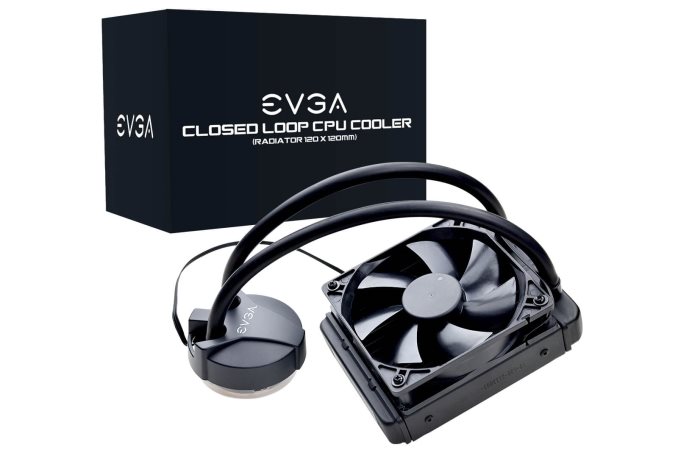

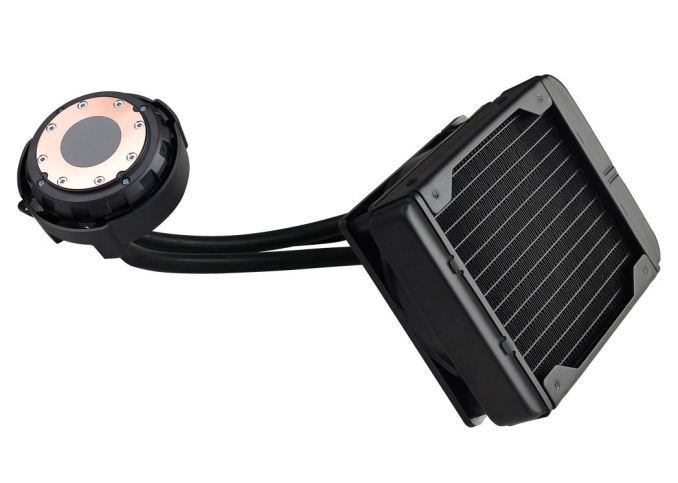

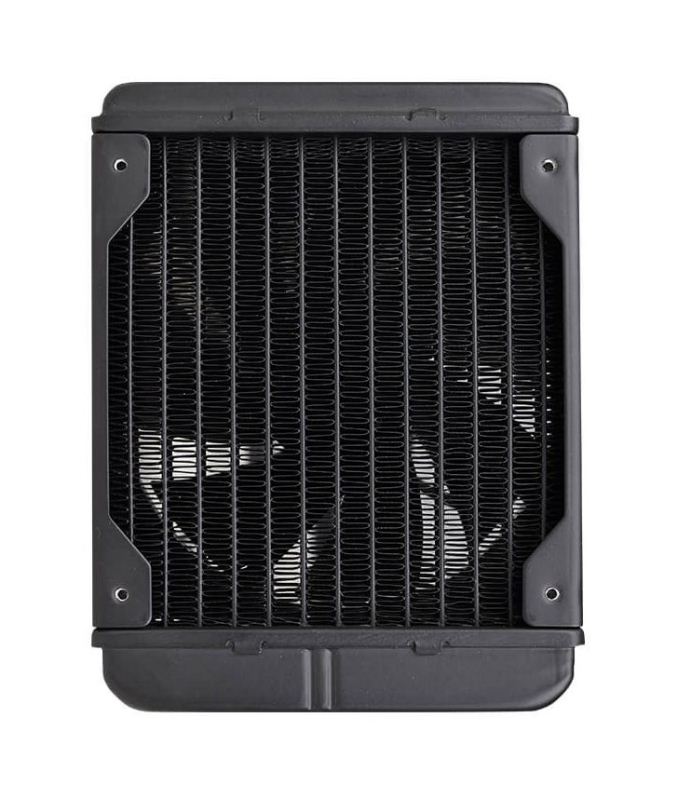

 Quote
Quote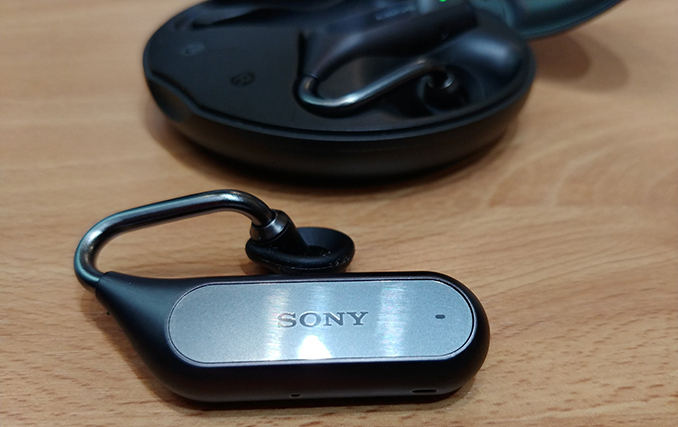
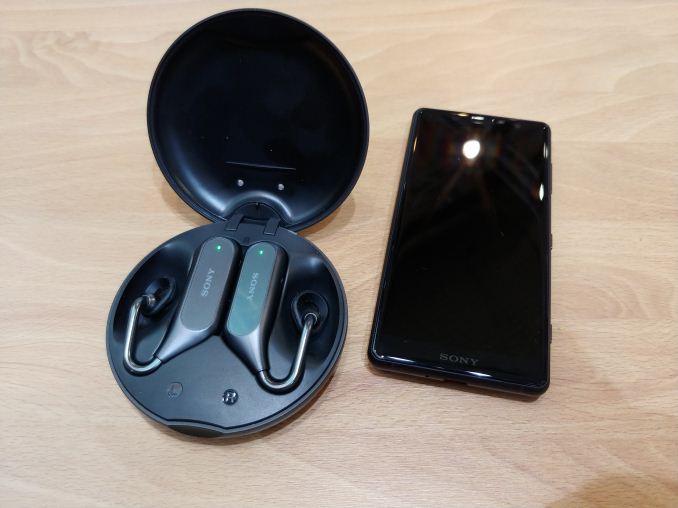
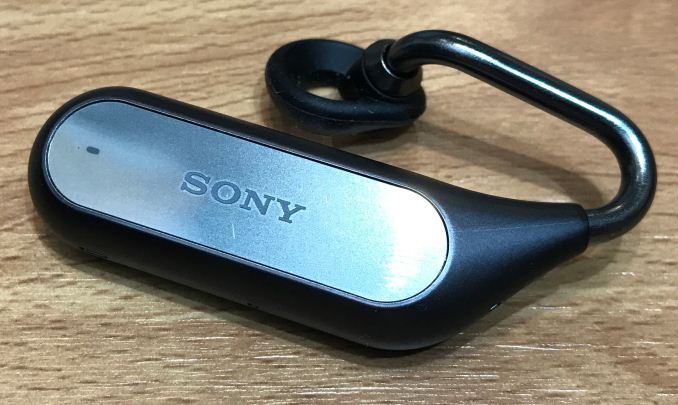
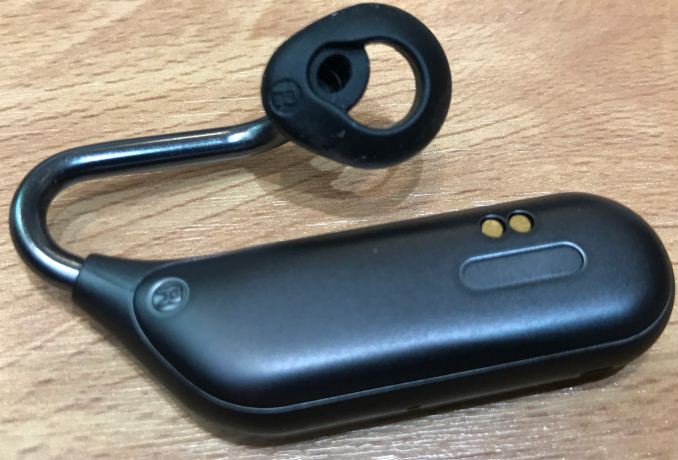
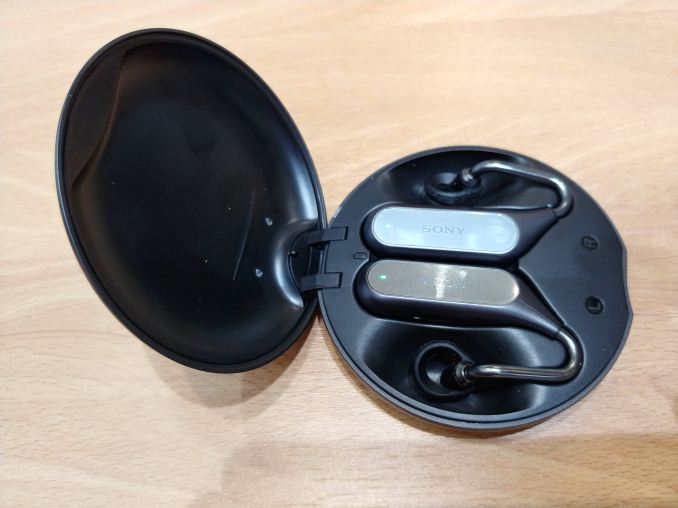
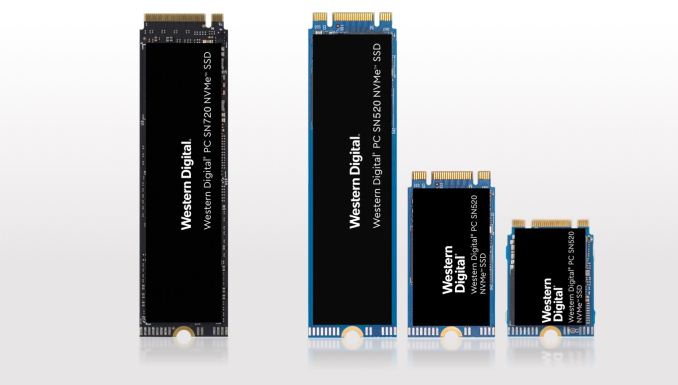

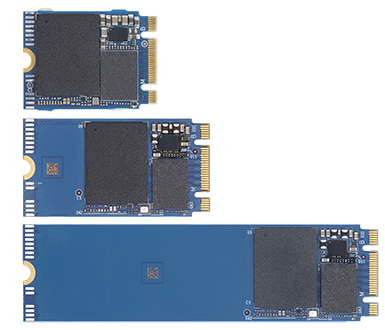
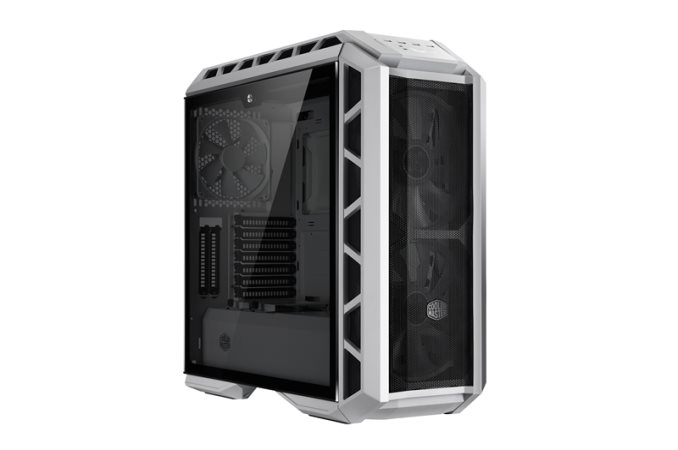
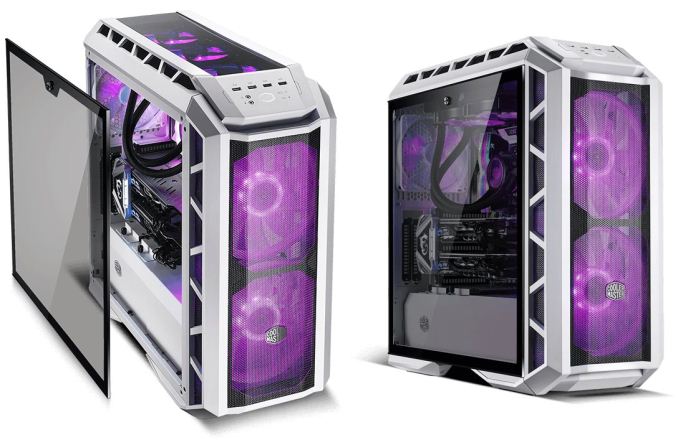

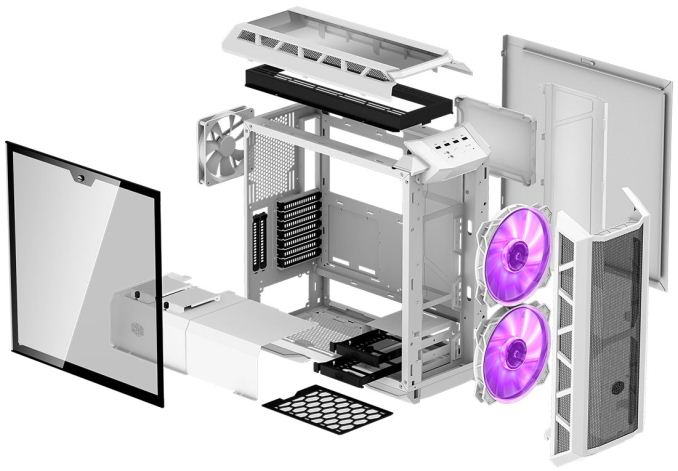
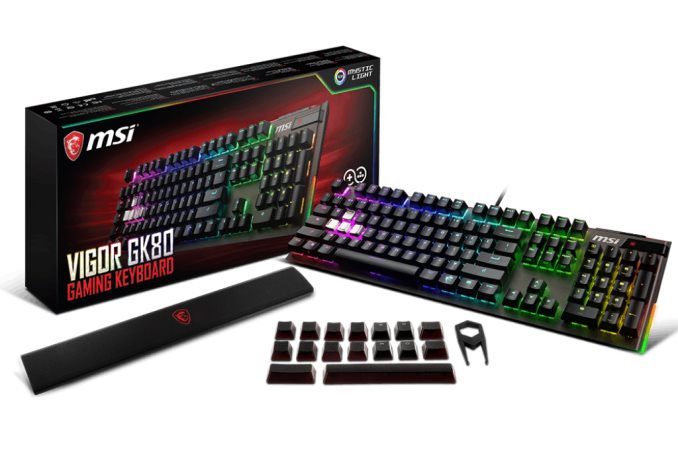

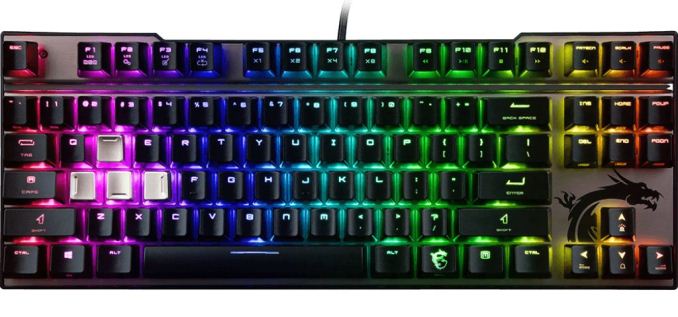
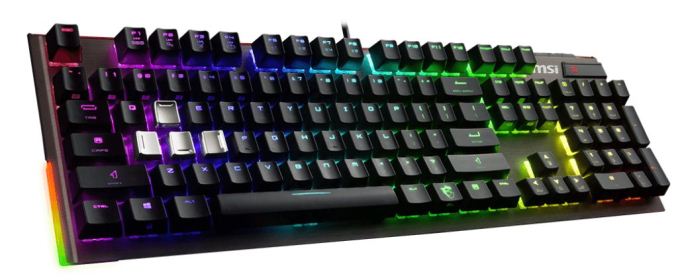
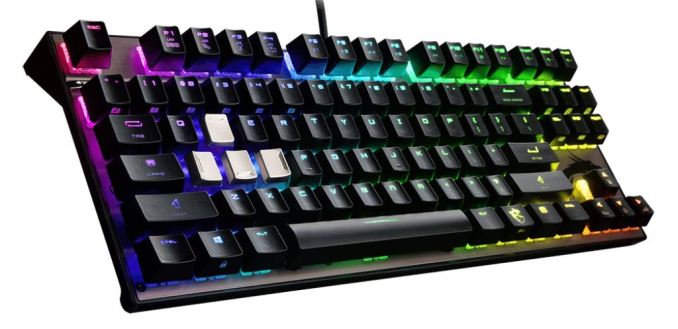
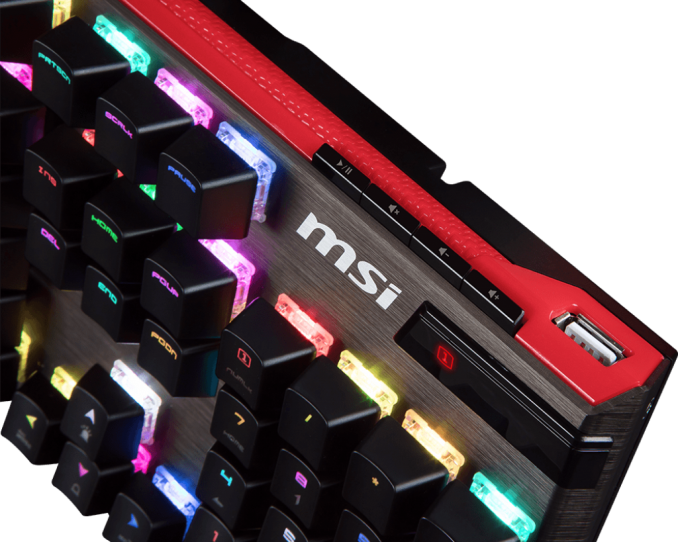
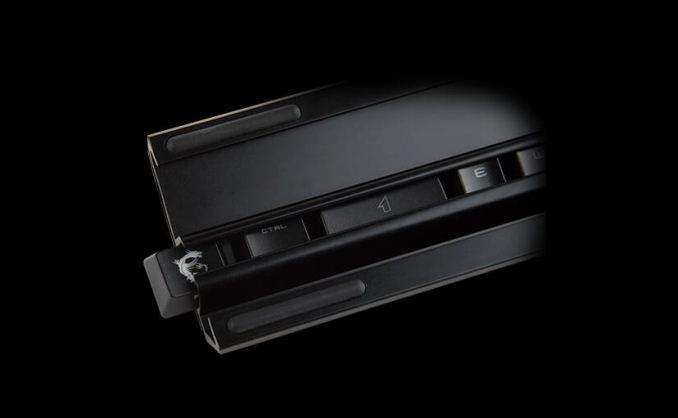
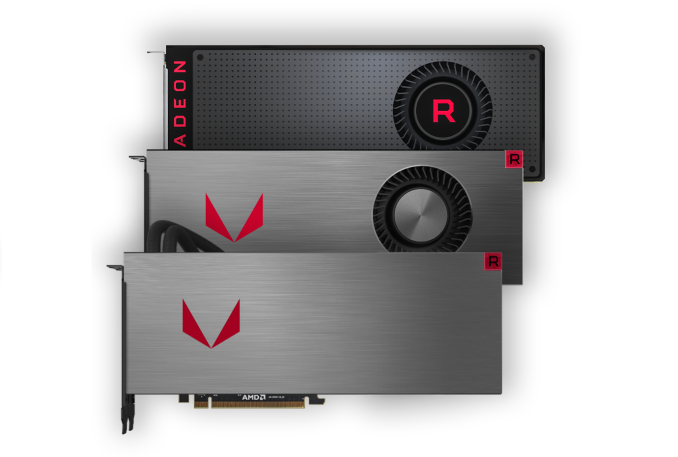
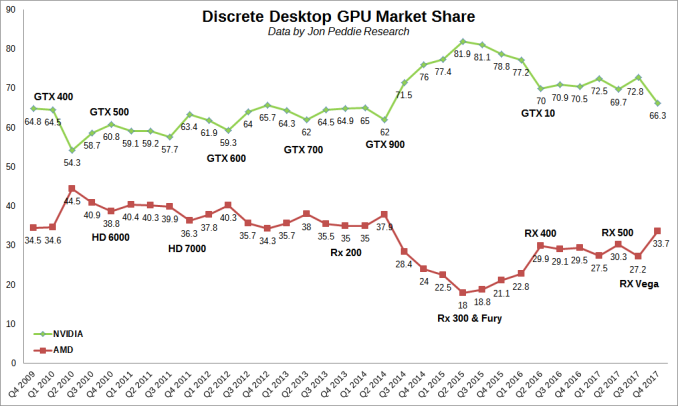
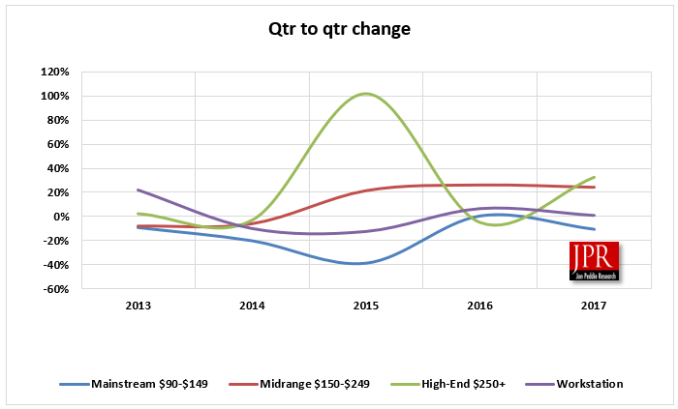
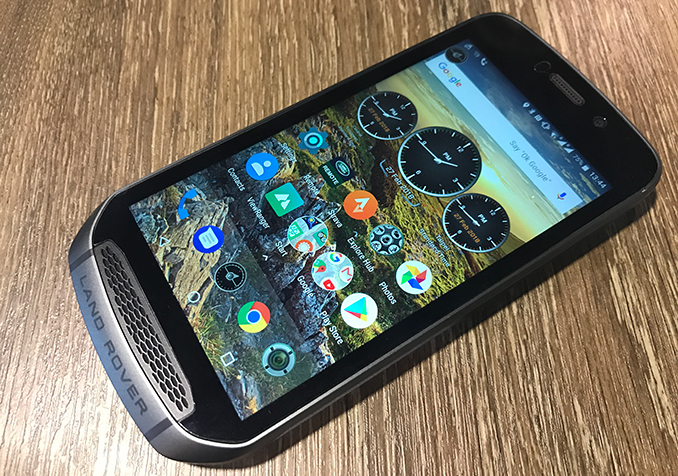
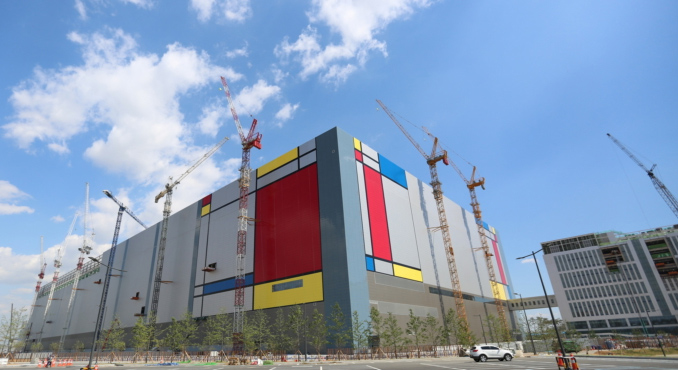


















Bookmarks